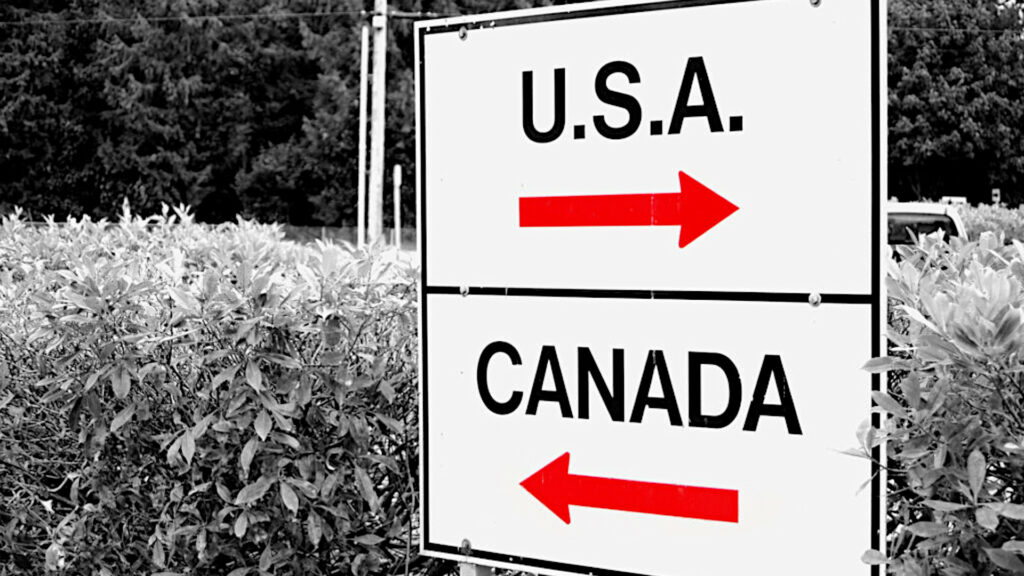In today’s interconnected world, cross-border shipping has become increasingly vital for businesses of all sizes. The ability to access global markets offers tremendous opportunities for growth and expansion.
However, with these opportunities come complexities, particularly in dealing with customs procedures, documentation, and compliance requirements. In this comprehensive guide, we will delve into the intricacies of cross-border shipping to help you navigate this often challenging terrain.
Understanding Cross-Border Shipping
Cross-border shipping refers to the movement of goods and products across international borders. It plays a crucial role in the global economy, facilitating trade and fostering economic growth. As businesses expand their reach, understanding cross-border shipping becomes essential.
Benefits and Challenges
Cross-border shipping offers numerous benefits, including access to new markets, increased sales, and diversification. However, it also presents significant challenges, such as navigating customs procedures, adhering to regulations, and overcoming logistical hurdles.
Factors Influencing Cross-Border Shipping
Various factors influence cross-border shipping, including trade agreements, geopolitical changes, and market demand. Staying informed about these factors is essential for successful international trade.
Customs Procedures
Customs clearance is the process by which goods are inspected and authorized by customs authorities for entry into or exit from a country. It involves the verification of documentation, assessment of duties and taxes, and compliance with import and export regulations.
Common Customs Procedures
Import and Export Declarations: Accurate documentation of shipments is crucial. This includes providing detailed information about the nature and value of goods.
Tariffs and Duties: Understanding the tariff rates and duty calculations for your products is essential to avoid unexpected costs.
Rules of Origin: Complying with rules of origin helps determine whether your product qualifies for preferential trade agreements.
Documentation Requirements
Commercial Invoice: Provides details about the goods being shipped, their value, and the parties involved.
Bill of Lading: Serves as a receipt for the goods and evidence of the contract of carriage.
Certificate of Origin: Declares the origin of the goods and may impact customs duties.
Packing List: Provides information on the contents and packaging of the shipment.
Import/Export Licenses: Required for certain goods and regulated by governments.
Electronic Documentation
Transitioning to electronic documentation can streamline the shipping process, reduce paperwork, and improve accuracy.
Importance of Accurate Documentation
Inaccurate or incomplete documentation can lead to customs delays, increased costs, and legal issues. Precision is key.
Compliance with International Trade Regulations
Understanding and adhering to international trade regulations is critical to avoiding legal issues and maintaining a positive reputation.
Sanctions and Restricted Items
Know the rules regarding sanctions and restricted goods. Violations can have severe consequences.
Import and Export Controls
Countries have different controls on the import and export of certain goods. Understanding these controls is essential for smooth shipping.
Trade Compliance Software
Consider using trade compliance software to automate and simplify the compliance process.
Complexities of Different Customs Authorities
Navigating the requirements of various customs authorities can be challenging. Building relationships can help.
Language and Communication Barriers
Language differences can lead to misunderstandings. Effective communication is crucial.
Cultural Differences and Business Practices
Understanding cultural nuances and business practices in different countries is vital for building successful international partnerships.
Check Out Another Blog: How To Increase Your Shipping Efficiency
Strategies for Successful Cross-Border Shipping
Here are a few strategies to employ for successful cross-border shipping.
Building Relationships with Customs Authorities
Establishing trust and open communication with customs authorities can facilitate smoother shipping processes.
Leveraging Technology and Automation
Utilize technology to streamline processes, track shipments, and ensure compliance.
Working with Logistics Partners
Collaborate with experienced logistics partners who understand international shipping intricacies.
Conducting Due Diligence
Thoroughly research the regulations and requirements of the countries you are shipping to or from.
Case Studies and Best Practices
Learn from real-world examples of businesses that have successfully navigated cross-border shipping challenges. Understanding best practices can be invaluable.
Future Trends and Innovations
Stay ahead of the curve by exploring emerging technologies, potential changes in trade policies, and the growing importance of sustainability in cross-border shipping.
Cross-border shipping presents both opportunities and challenges for businesses looking to expand their global reach. By understanding customs procedures, documentation requirements, and compliance considerations, you can position your company for success in the international marketplace. Stay informed, stay compliant, and continue to adapt to the ever-changing world of cross-border shipping.


